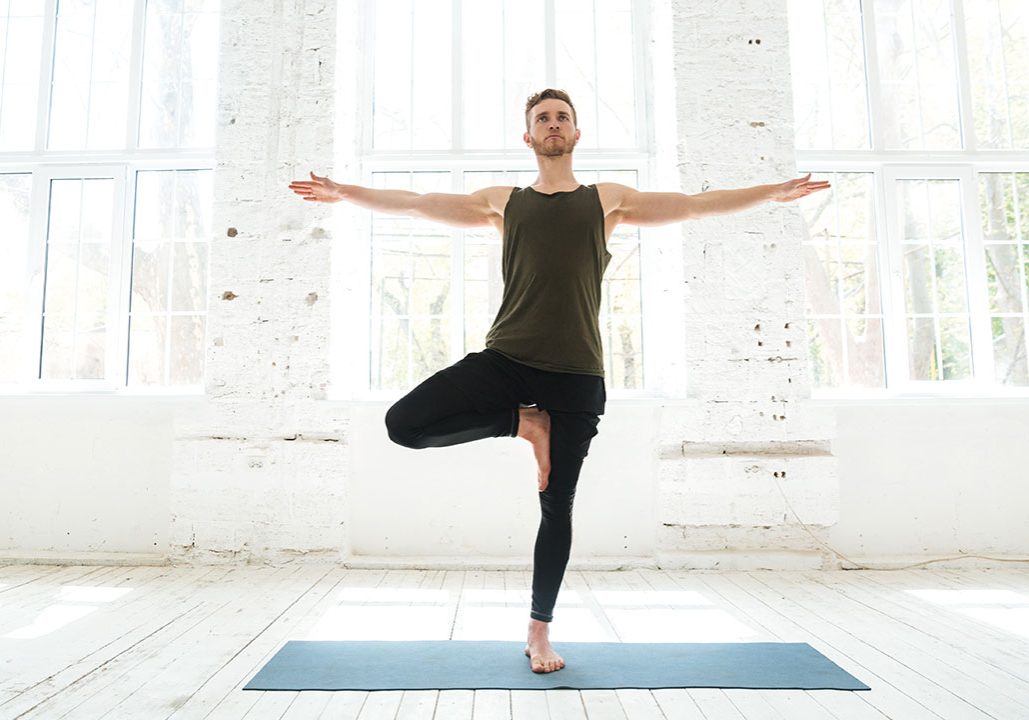
Living The Teachings
Understand Yoga's Everyday Spiritual Meanings
Reading time: 4 minutes
As we draw ever closer towards the end of 2023 and look ahead to 2024, it seems like a good time to consider the meaning of Drishti. The Sanskrit word Drishti literally translates to ‘view’, ‘focus’ or ‘gaze’ and relates to our ability to use our eyes to see the world. In relation to yoga, it is using our gaze to help us draw inwards and heighten our awareness, turning our practice into a deeper experience.
The eyes have much spiritual significance, and in Buddhism, for example, the eyes represent spiritual perception and seeing with the soul. This view is echoed in the Bible, by playwright William Shakespeare, and other respected sources who all state that our eyes are considered to be the window to our soul. It can mean our emotions, fears and deeper sense of being are reflected back
This famous quote by Charlotte Bronte in Jane Eyre reiterates this beautifully. “The soul, fortunately, has an interpreter – often an unconscious but still a faithful interpreter – in the eye.”
Here’s another great quote, attributed to Saint Jerome: “The face is the mirror of the mind, and eyes without speaking confess the secrets of the heart.”
In yoga ,we have a ‘third eye’ which is specifically designated as the spiritual eye, the intuitive eye, or the eye of the soul. It is associated with the brow chakra (or Ajna chakra), which facilitates intuition and our inner knowing.
In our modern fast-paced lives with multiple distractions, it can be quite challenging at times to maintain concentration; we often find our gaze wandering. The wisdom of yoga tells us that an unfocused gaze correlates to an unfocused mind. During our yoga practice, if we lock our gaze onto one point, our concentration increases significantly and our asana practice becomes a very different, richer experience. This constant application of drishti as we focus on a single point is key to stilling the mind when we practice meditation and for this we may focus on a candle or other object that has meaning to us.
When practicing our yoga postures, drishti can also be used to deepen the primary movement of the pose, as well as to keep the mind engaged and focused. To use drishti while in a yoga pose, simply select the point where your eyes are naturally directed and breathe into the pose.Doing so can deepen your physical and spiritual experience as well as significantly helping with balancing postures, such as tree pose.
Whenever you notice your focus and mind wavering, gently and compassionately bring it back to a point of attention and strengthen your concentration. The more you exercise your mental focus the stronger it will become and the easier this yogic technique will become.
Sue Pugh is a yoga teacher and founder of vitabonayoga.com and yogainspecialplaces.com




